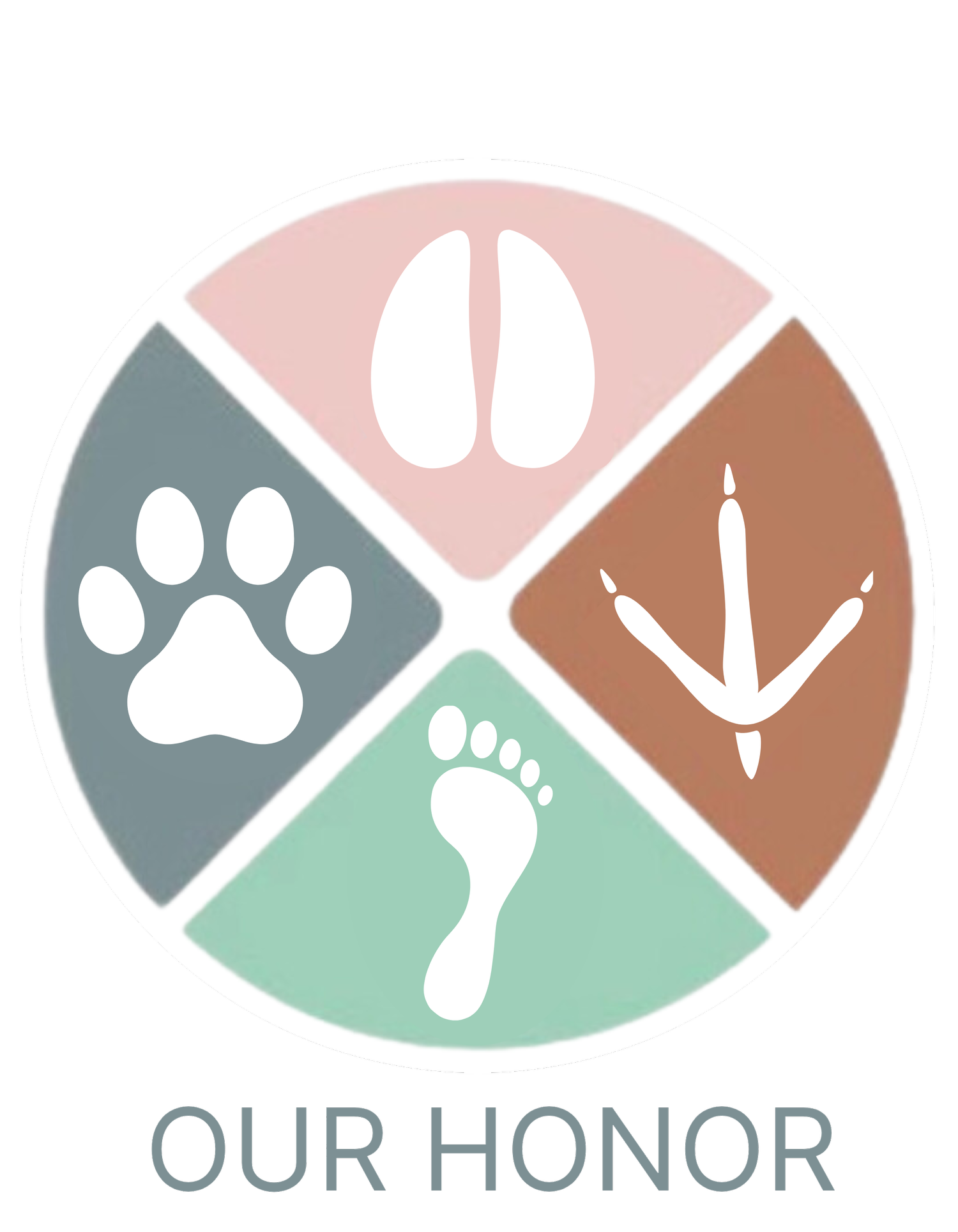Our Letter to the CDFA
Secretary Karen Ross
California State Veterinarian
California Department of Food and Agriculture
1220 N Street
Sacramento, CA 95814
Dear Secretary Ross,
I am writing to express my concern regarding the biosecurity hazards posed by H5N1-infected cattle carcasses left uncovered near farms in the Central Valley of California. When I first encountered carcasses on the side of the road on October 8th, I called the CDFA to express my concern about producers leaving the carcasses uncovered with no biosecurity signs.
Since then, major publications such as Vanity Fair, Newsweek, Reuters, The Guardian, and many local news outlets have covered the story of dead cattle who had succumbed to H5N1, left uncovered on the side of the road. This footage has led to further on-the-ground investigations by journalists and raised widespread awareness of the potential public health risks posed by current methods of carcass disposal.
However, carcasses continue to be left out and uncovered, with no signs warning of the biosecurity risk. See these recent photographs:
A dead calf on the side of the road in Corcoran near the cotton mill taken on 11.3.2024
Dead cows on the side of the road in Hanford, CA on 11.3.2024
Dead calf parts strewn on the side of the road in Hanford, CA, on 11.2.2024
Long dead calf on the side of the road on Nevada Ave in Hanford, CA on 11.2.2024
As you are aware, avian influenza is highly contagious and stable in the environment, posing risks not only to nearby livestock but also to wildlife and the surrounding community. This is particularly concerning given the virus's stability; studies indicate it can remain viable on surfaces for up to two weeks, with even longer stability in certain environmental conditions. There are many squirrels, birds, free-roaming dogs, and community cats in these areas, and concerningly, 67% of cats infected with H5N1 die from the virus.
The increasing incidence of infected herds is overwhelming current carcass disposal methods, and many are concerned the biosecurity threat could escalate.
I respectfully suggest that to mitigate these risks, the following precautions be implemented for deceased cattle suspected or confirmed to be infected with H5N1:
Covering Exposed Carcasses: This measure could reduce the risk of viral spread to wildlife and other animals.
Application of Fly Repellent: The use of fly repellent on or around deceased animals would help reduce the presence of vectors that can inadvertently spread pathogens to other areas and animals.
Clear Biosecurity Hazard Signage: Temporary visible biohazard signs would help inform the public and workers of the risk and prevent accidental contact with infected remains.
Such measures are essential in ensuring public health and preventing disease spread to other animals. The carcasses’ proximity to public roads and visible signs of infection are sparking public and media concern, which further underscores the need for clear, precautionary actions.
I would also be curious to know what percentage of businesses that had received CDFA grants for the dairy digester program tested positive for H5N1. These large facilities seem to be more at risk, and there is a concern that we might be incentivizing high-risk business models with public funding.
Thank you for your attention to this matter. I am confident that your department’s leadership can help mitigate the spread of H5N1 and demonstrate California’s commitment to responsible animal and public health practices. I welcome the opportunity to discuss this issue further or provide any additional information that might assist in protecting both animal and public health.
Sincerely,
Crystal Heath, DVM
Our Honor

